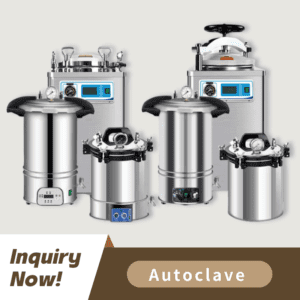
This article contains all essential information for anyone interested in understanding autoclave sterilizers or who plans to acquire one.
Autoclave sterilization involves using pressurized steam to destroy all forms of microorganisms including bacteria, viruses, fungi and spores. The medical industry considers autoclave sterilization to be among the best methods for disinfecting medical instruments and laboratory equipment together with other vital items.
The combination of high temperature with pressure over a specified period destroys even the toughest microorganisms which makes autoclave sterilization the top method for healthcare and industrial applications.
The method of autoclave sterilization uses moist heat and pressure to achieve sterilization. The sterilization process consists of the following steps:
Sterilization items must be arranged within the autoclave chamber before starting the process. Proper arrangement inside the autoclave chamber is essential to achieve effective steam penetration.
The autoclave produces steam that fills the chamber and pushes air out.
The autoclave chamber achieves specific temperatures of either 121°C or 134°C and maintains pressure levels between 15 to 30 psi during operation.
The autoclave holds the established conditions throughout a timed period ranging from 15 to 30 minutes which varies based on the load.
The autoclave eliminates moisture from the items during the Drying Phase to maintain contamination-free conditions after sterilization.
To understand how autoclaves operate you should read our article How Does an Autoclave Sterilizer Work.
Effective sterilization requires meeting particular conditions. These include:
Autoclave sterilization generally operates at standard temperatures of either 121°C or 134°C.
A pressure range of 15 to 30 psi is necessary to produce and sustain adequate steam levels.
The length of time required for sterilization depends on both the quantity and type of items being processed.
Artículos sin envolver: 15-20 minutes at 121°C
Artículos envueltos: 20-30 minutes at 134°C
The article Autoclave Sterilization Temperature, Time, and Pressure Explained provides a comprehensive guide to temperature, time and pressure settings.
A multitude of industries deploy autoclave sterilization methods.
Healthcare uses autoclave sterilization to sanitize surgical instruments and medical devices as well as hospital linens.
Laboratories use autoclave sterilization to maintain sterility in glassware and culture media as well as waste materials.
The pharmaceutical sector utilizes sterilization processes for raw ingredients, final products, and packaging materials.
The food industry sterilizes cans and jars along with other packaging materials to prolong their shelf life.
Our article on Class B Autoclave Sterilizers provides advanced sterilization solutions for demanding applications that you might find interesting.
Autoclaves demonstrate high efficacy because they destroy even the toughest microorganisms including bacterial spores.
Autoclaves are more environmentally friendly than chemical sterilization methods because they operate using water and steam.
Operating costs for autoclaves remain low after installation when used for large-scale sterilization tasks.
This sterilization method works well with various materials such as metal and glass as well as certain types of plastics.
Autoclaving represents the highest standard in sterilization yet examining its effectiveness against alternative methods remains essential.
This method involves sterilization through high temperatures without requiring moisture. Suitable for heat-resistant items but takes longer.
Esterilización química: Uses chemicals like ethylene oxide. Effective but not eco-friendly.
UV Sterilization: Uses ultraviolet light. UV sterilization works well for surface disinfection but fails to properly sterilize complex instruments.
Autoclave sterilization serves as a critical procedure to maintain both the safety and sterility of medical and laboratory devices. Autoclave sterilization stands out as the selected method across industries because it provides effective sterilization while remaining environmentally friendly and versatile. Distributors, resellers and procurement specialists who understand autoclave sterilization basics can choose proper equipment while meeting regulatory standards.
Explore autoclave sterilizers with us or ask for assistance in finding the right model.
What is the recommended temperature for sterilization in an autoclave?
The recommended temperatures are 121°C and 134°C.
How long should unwrapped items be sterilized in an autoclave?
Typically, unwrapped items require 15-20 minutes at 121°C.
What is the difference between autoclaving and sterilization?
Autoclaving is one method of sterilization that uses steam under pressure.
Can all materials be sterilized in an autoclave?
No, some materials like certain plastics and electronics may not withstand high temperatures and pressure.
What is the minimum sterilizing condition in a steam autoclave?
The minimum condition is 121°C, 15 psi, for 15 minutes.
For more information about autoclave sterilizers or to request a quote, contact Keling Medical:
Correo electrónico: inquiry@shkeling.com
WhatsApp: +8618221822482
Página web: https://autoclaveequipment.com/

La esterilización es un elemento esencial de las prácticas de control de infecciones tanto en los centros sanitarios como en los laboratorios. La esterilización en autoclave mediante vapor resulta eficaz para muchas aplicaciones, pero no es óptima en los siguientes casos
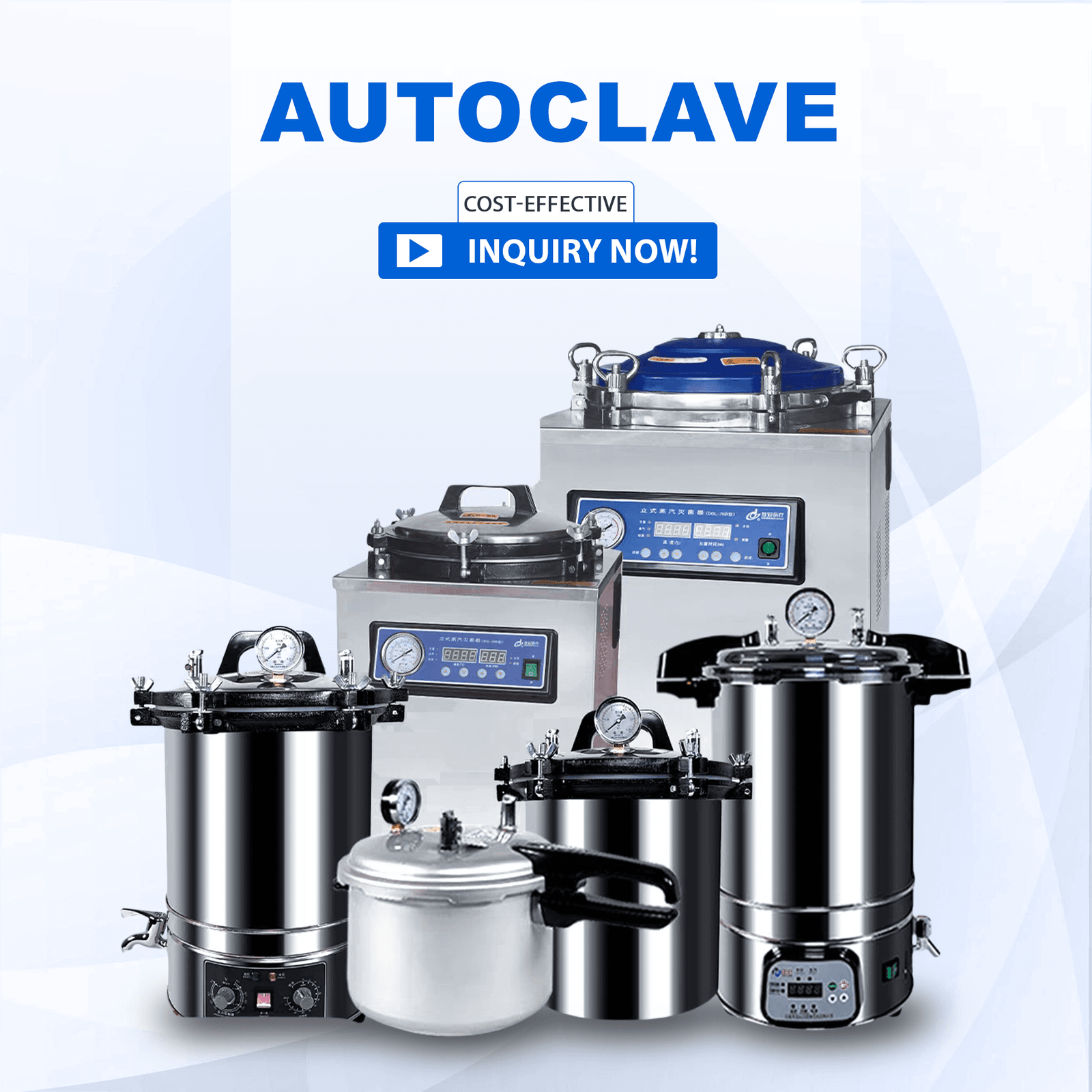
Los profesionales médicos de todo el mundo confían en los autoclaves como herramientas esenciales para garantizar la seguridad y esterilidad del instrumental médico. Los distribuidores de productos sanitarios y los especialistas en adquisiciones deben comprender los principios y las ventajas de los autoclaves

Los avances sanitarios hacen que sea esencial mantener el instrumental médico seguro y estéril en todo momento. Los distribuidores, vendedores y profesionales de la adquisición de productos sanitarios deben conocer los métodos de esterilización para operar con eficacia. En
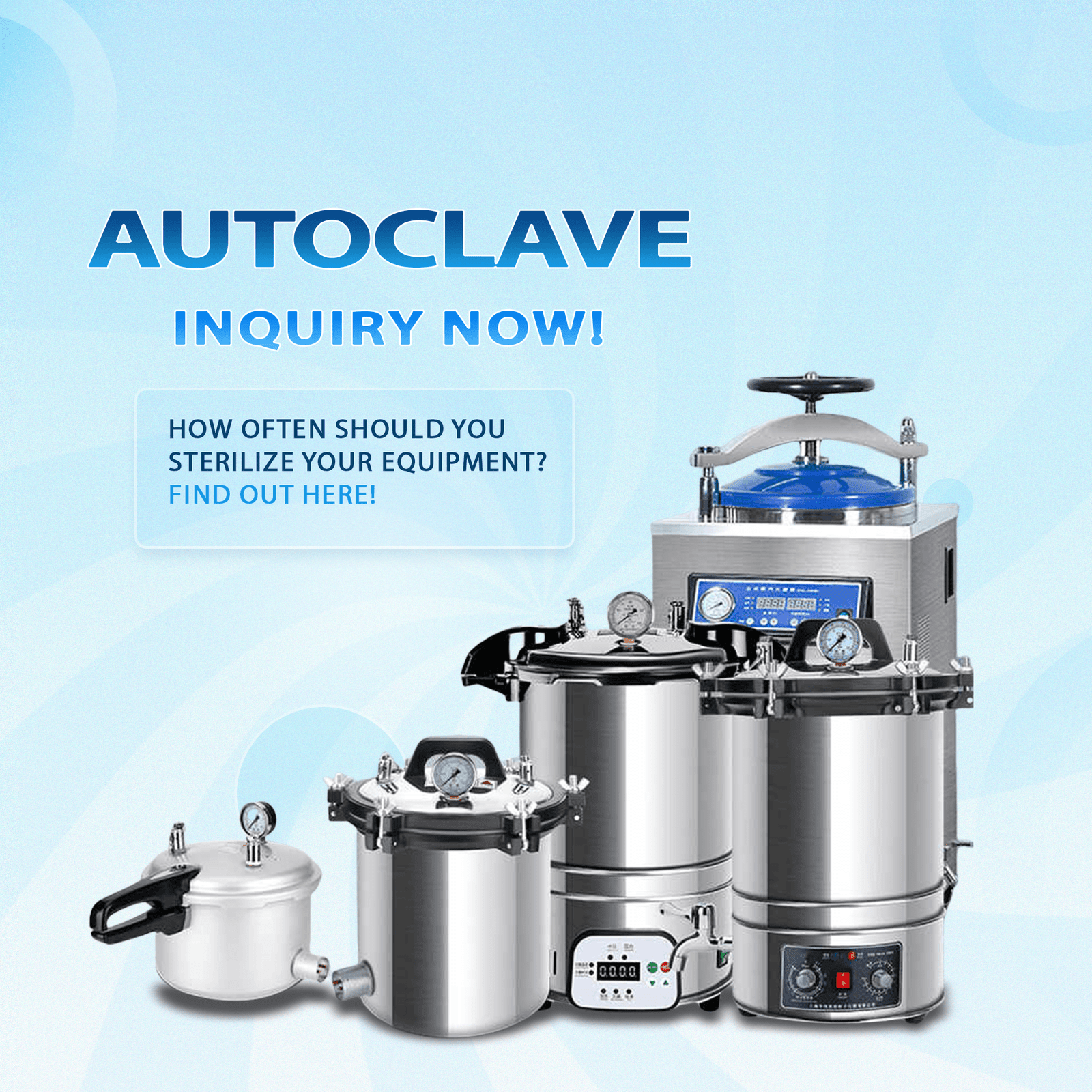
La esterilización de dispositivos e instrumentos médicos requiere autoclaves porque protegen la seguridad del paciente y facilitan el cumplimiento de las normas reglamentarias. Los sistemas de autoclave más sofisticados siguen experimentando ciertas limitaciones. Distribuidores de productos sanitarios,
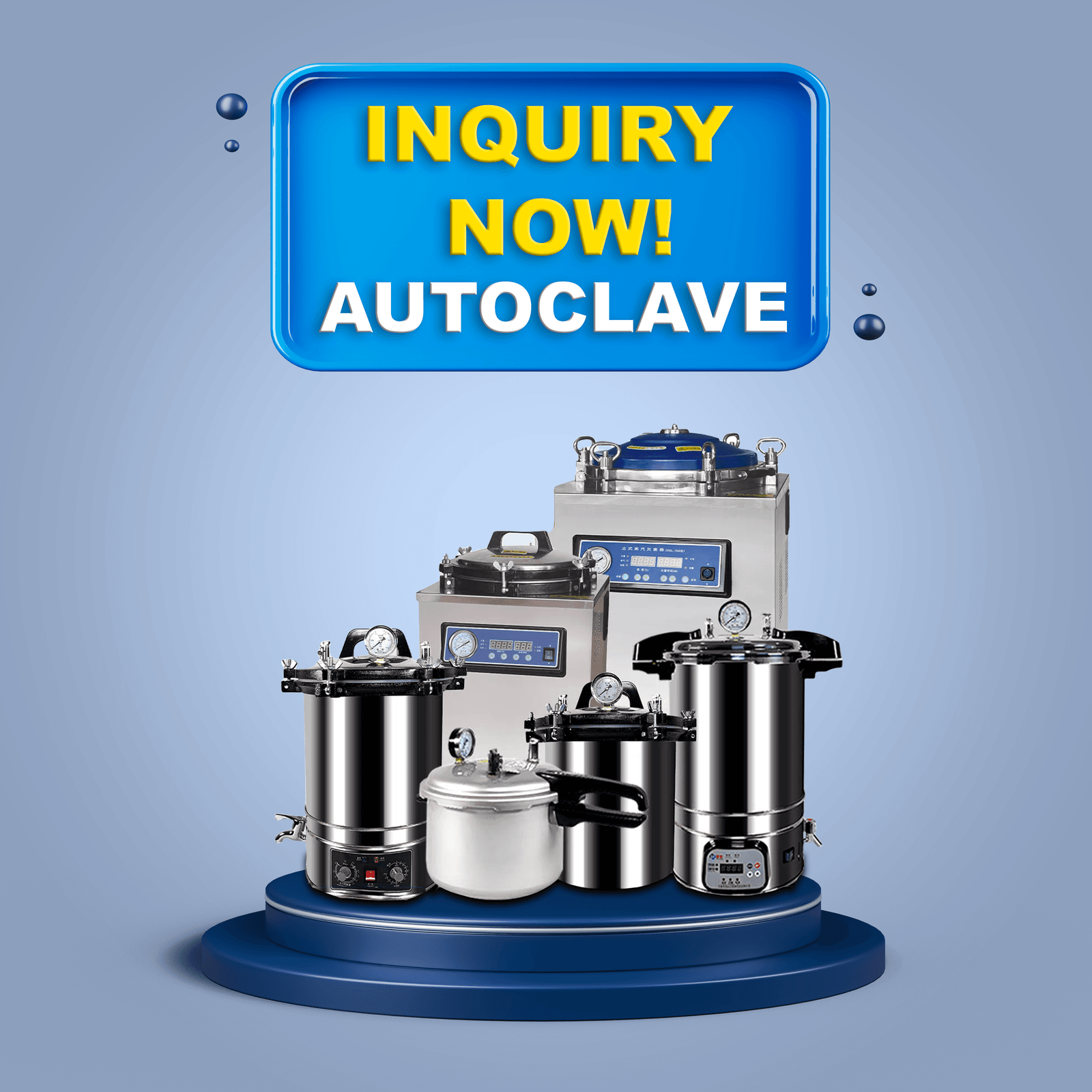
En la fabricación de dispositivos médicos, los autoclaves actúan como equipos esenciales porque proporcionan una esterilización uniforme de diversos instrumentos y materiales. Los autoclaves utilizan vapor saturado a alta presión para erradicar bacterias, virus, hongos y bacterias.
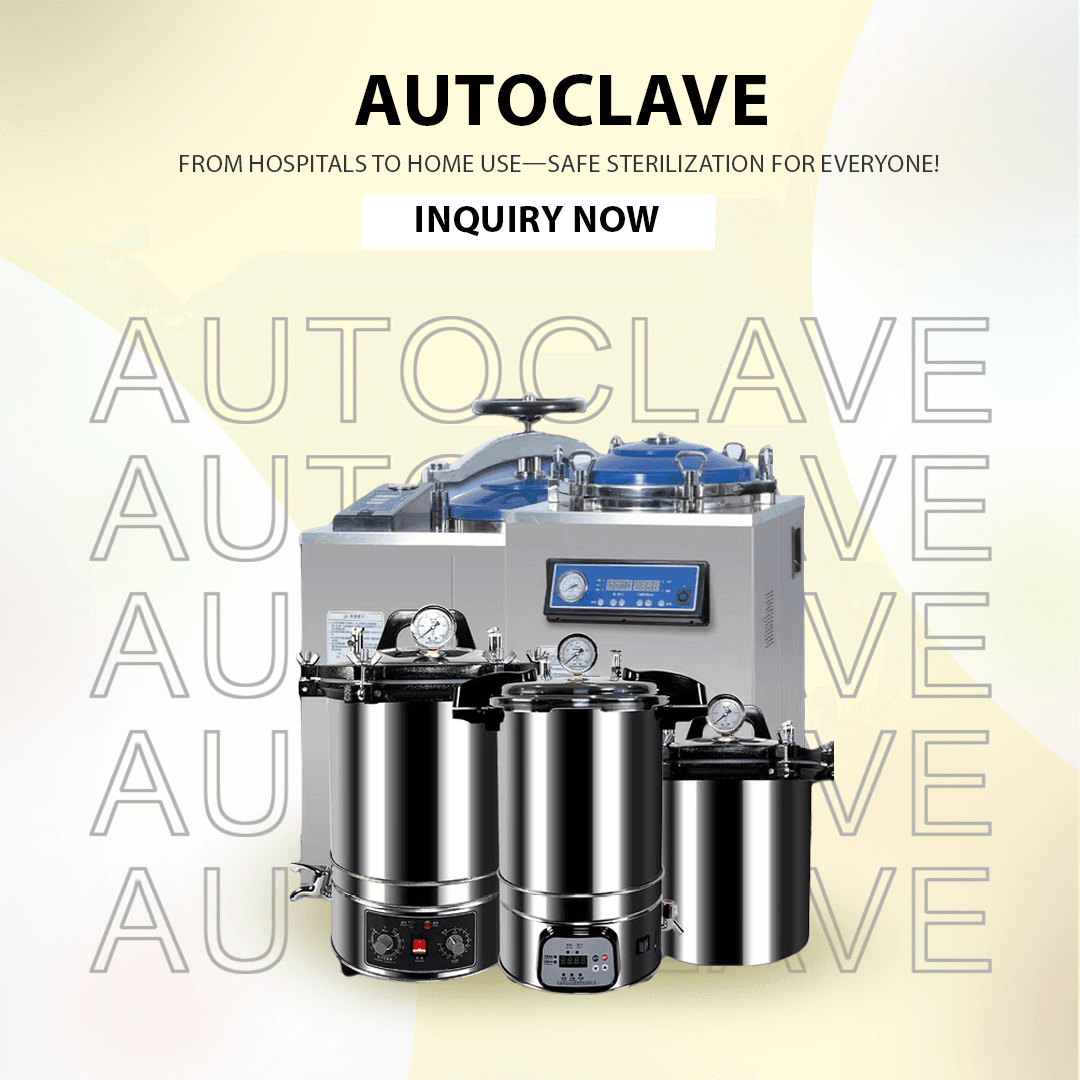
Los autoclaves son dispositivos cruciales en los entornos sanitarios y científicos, ya que esterilizan sistemáticamente instrumentos y materiales. Los distribuidores de equipos médicos, junto con los vendedores y los profesionales de compras, necesitan mantener los autoclaves en funcionamiento.